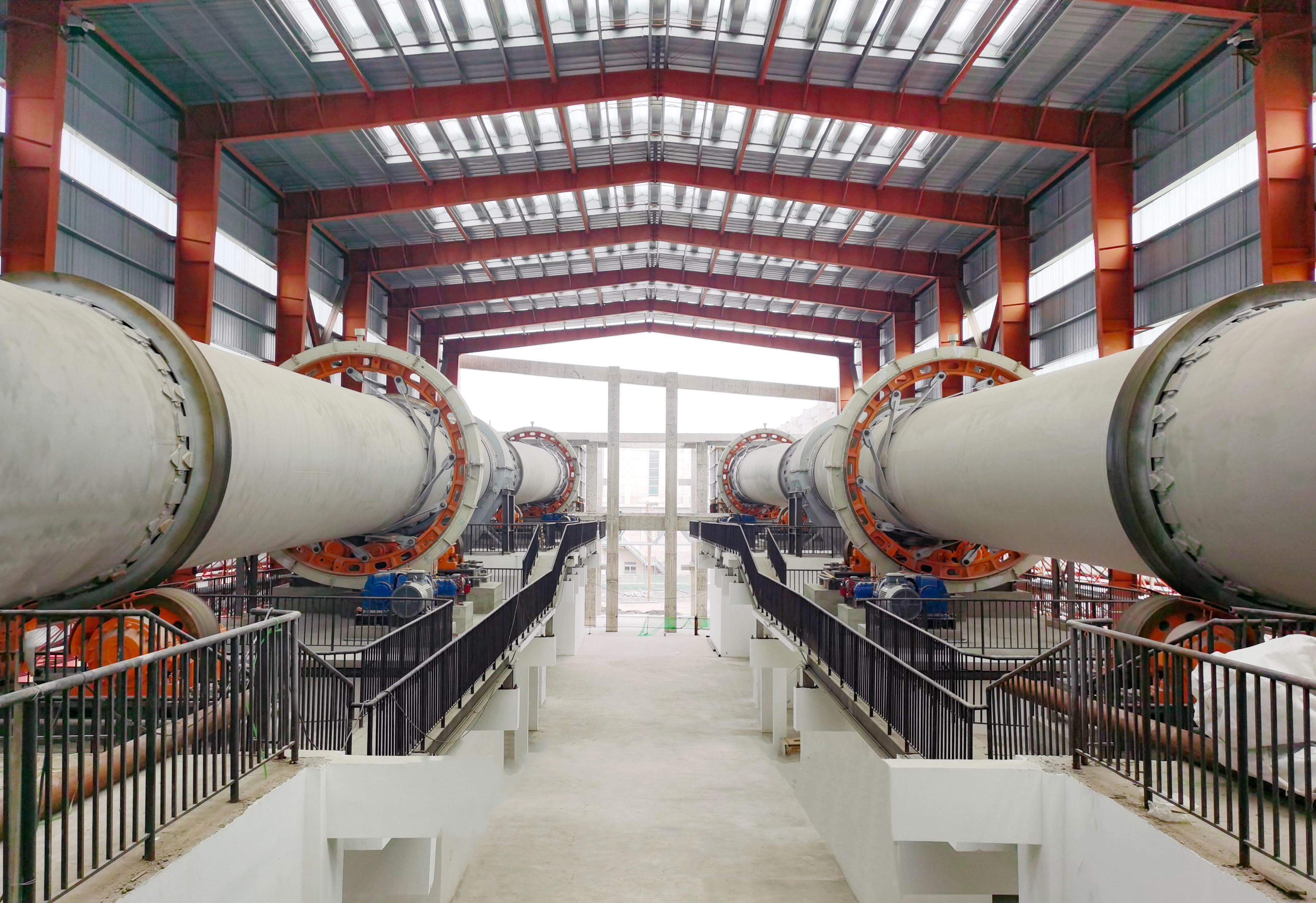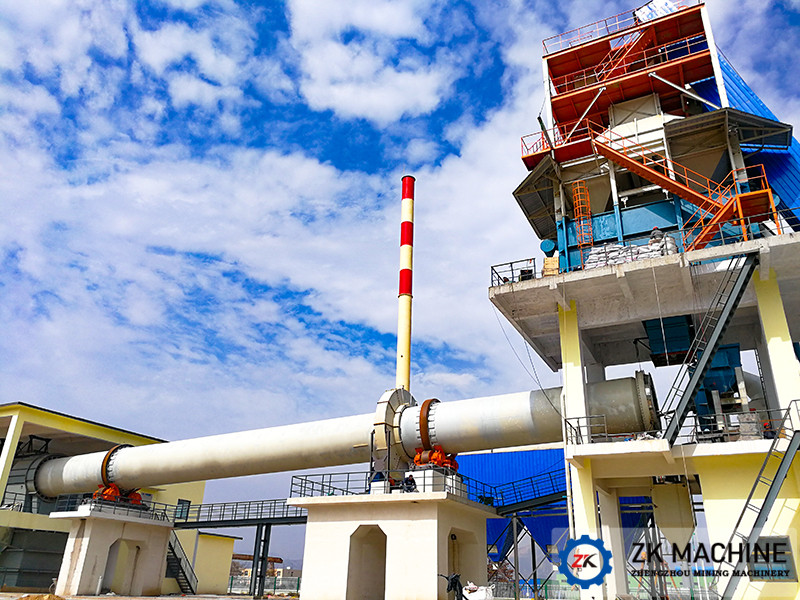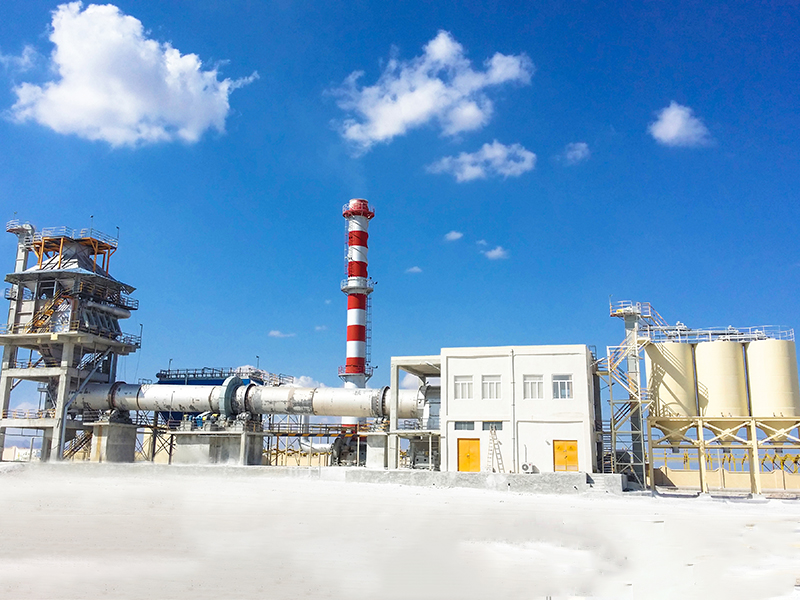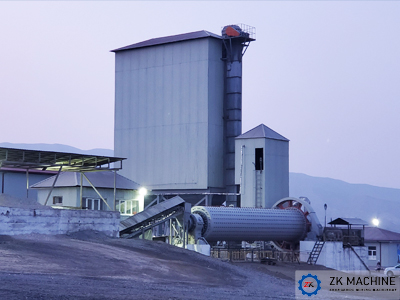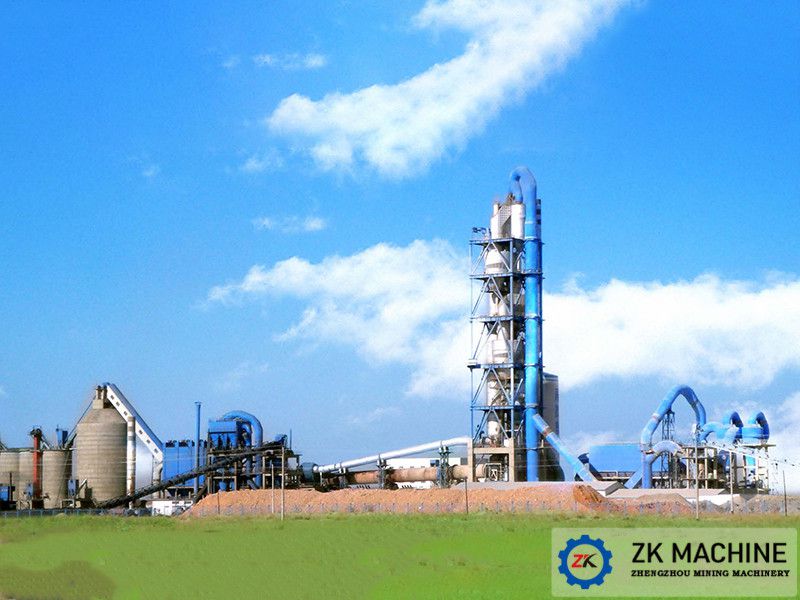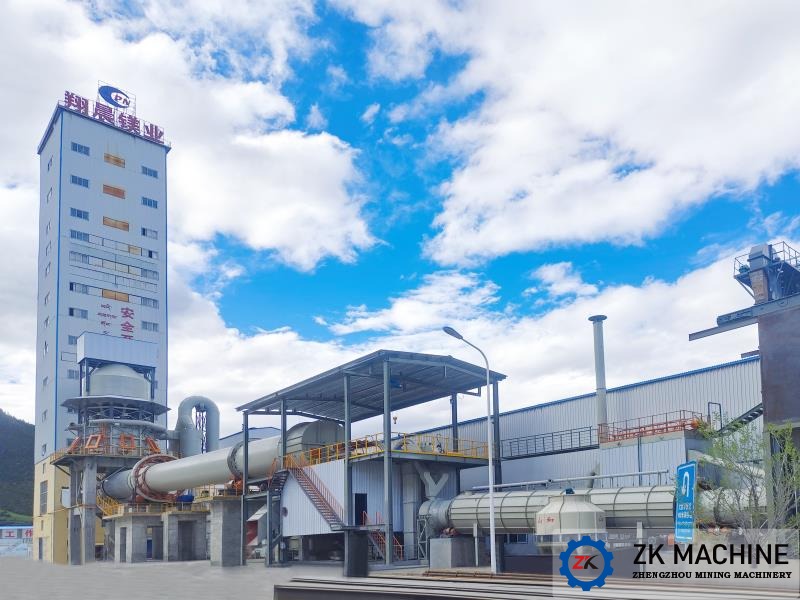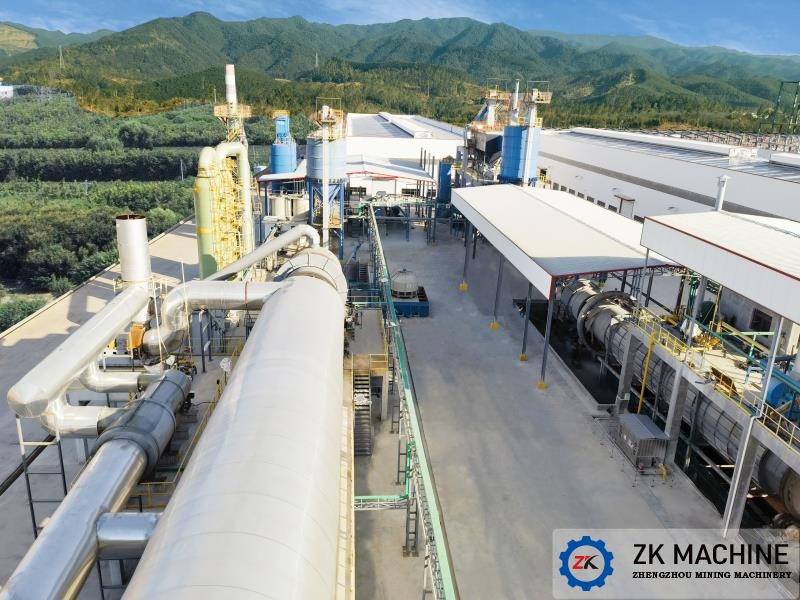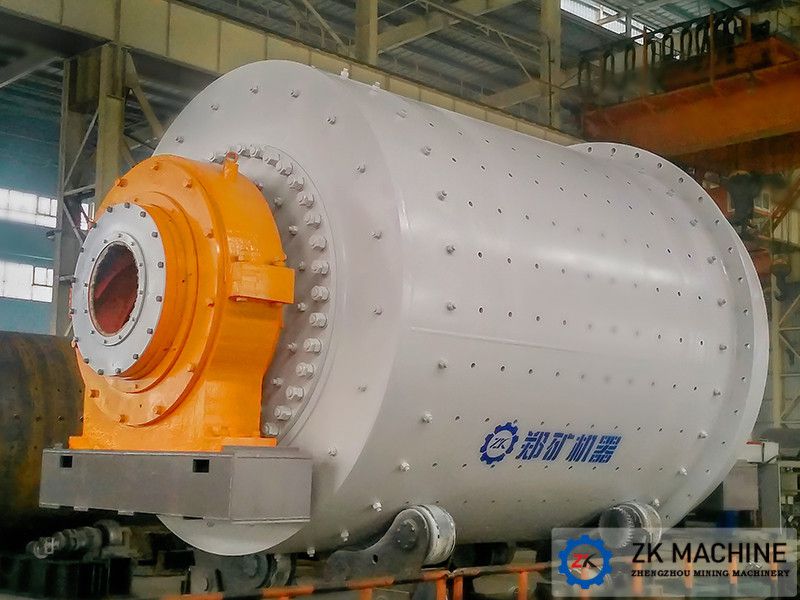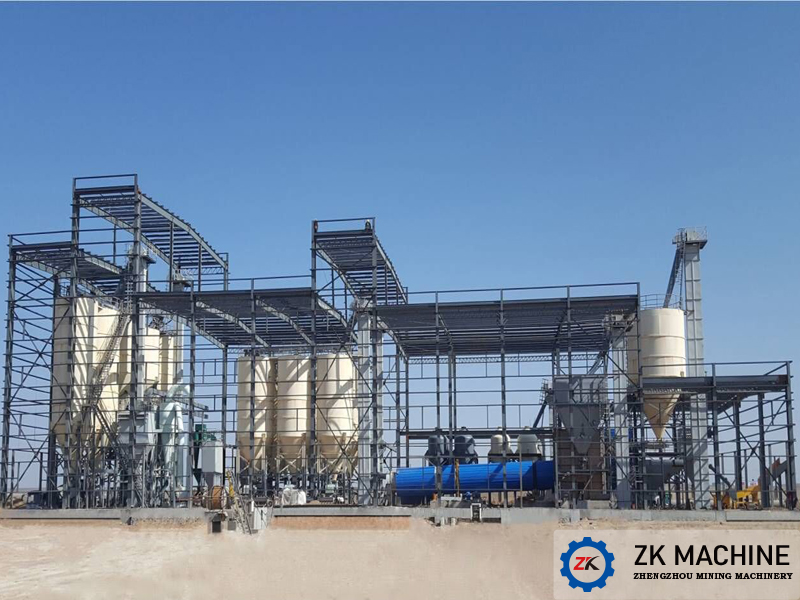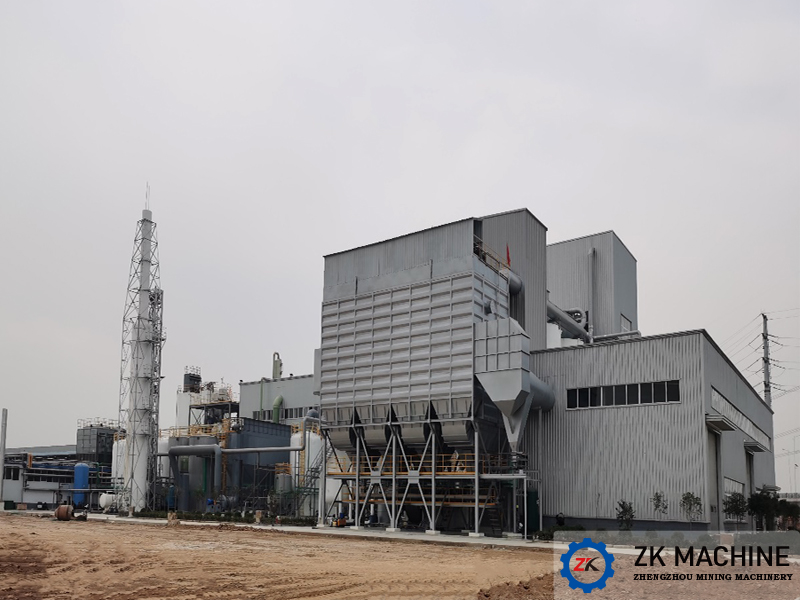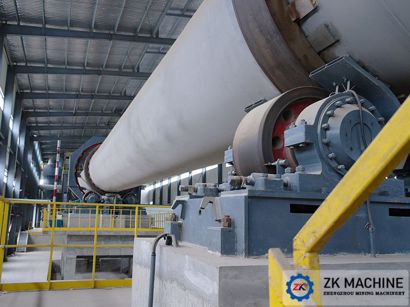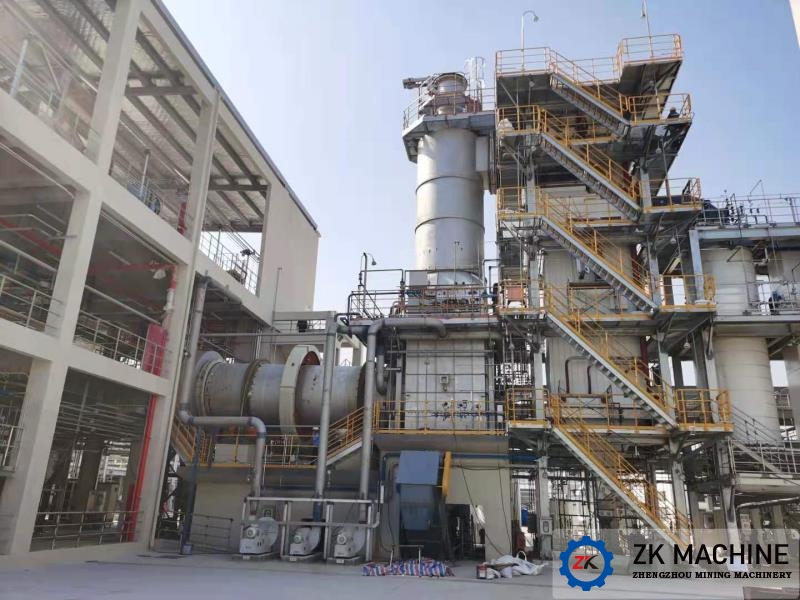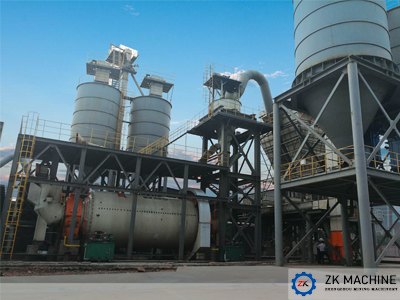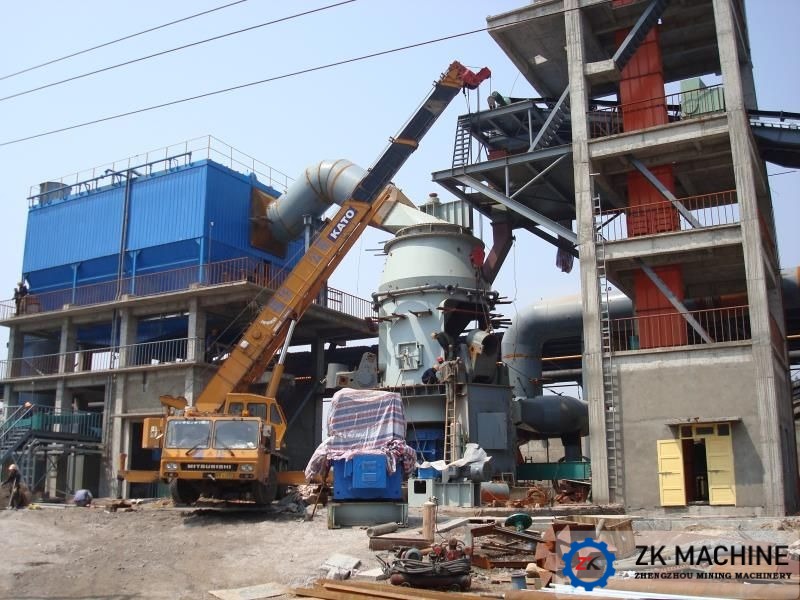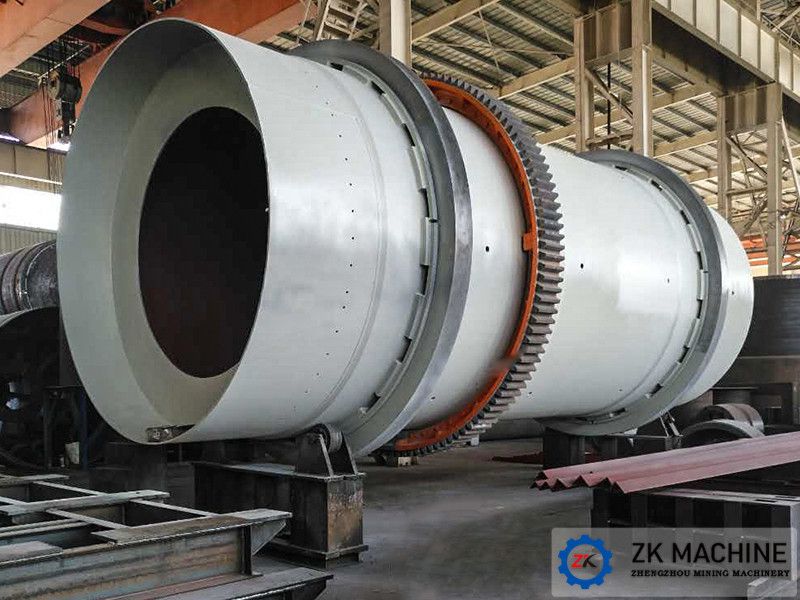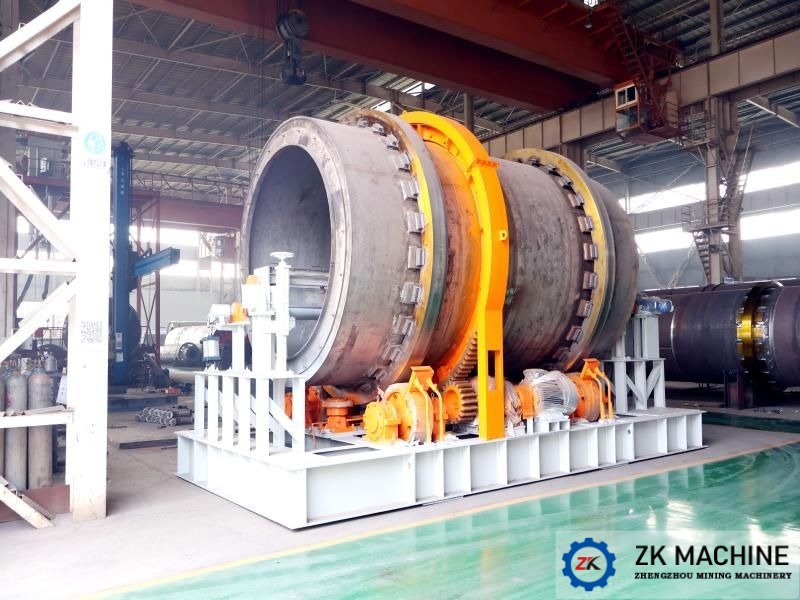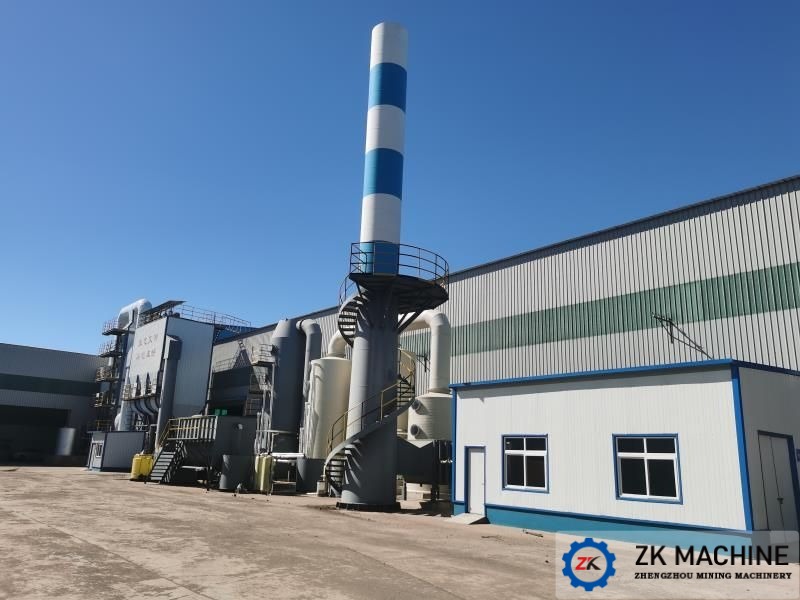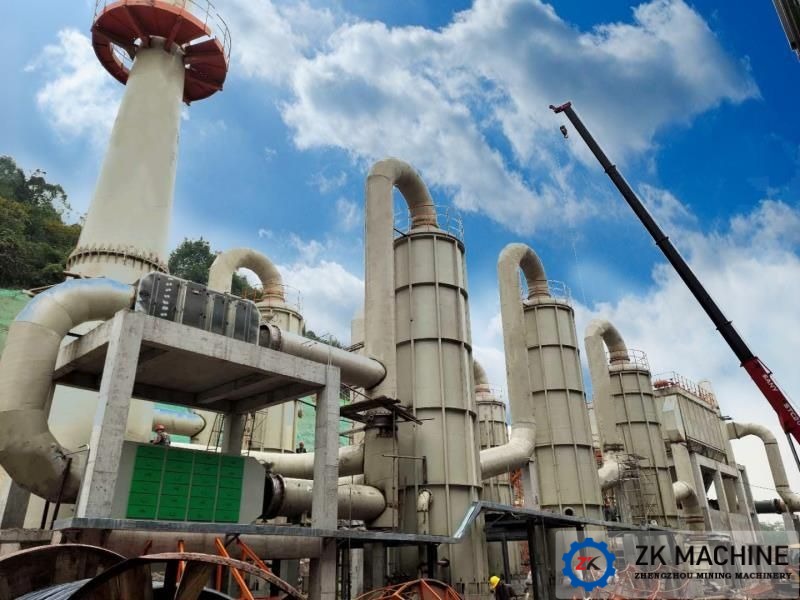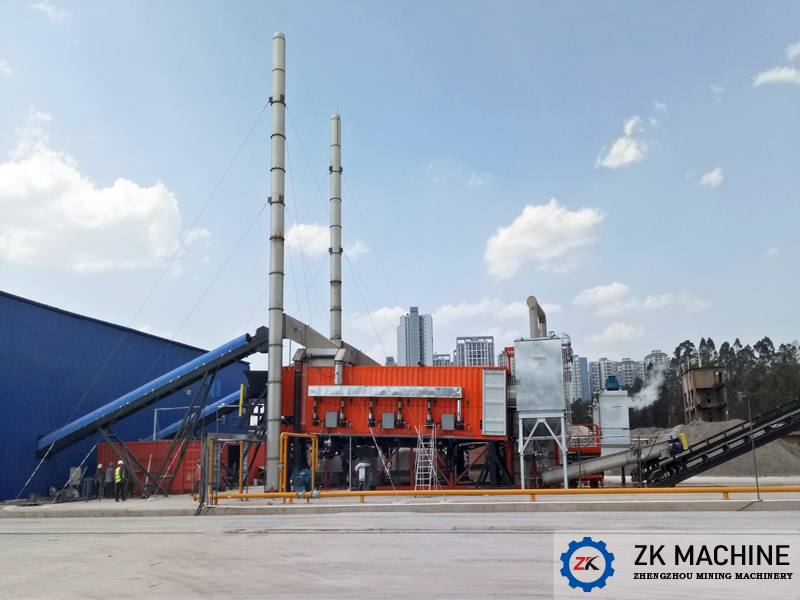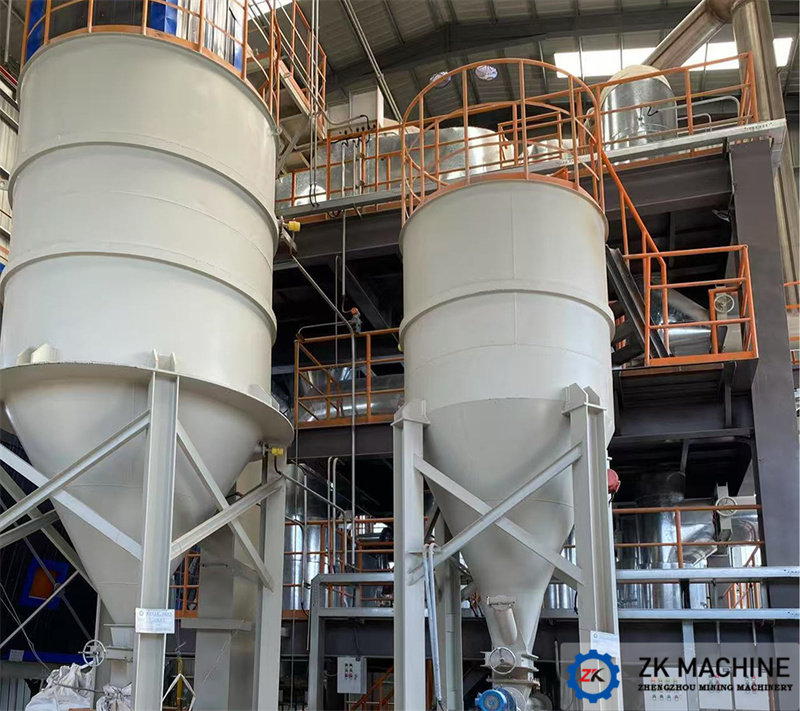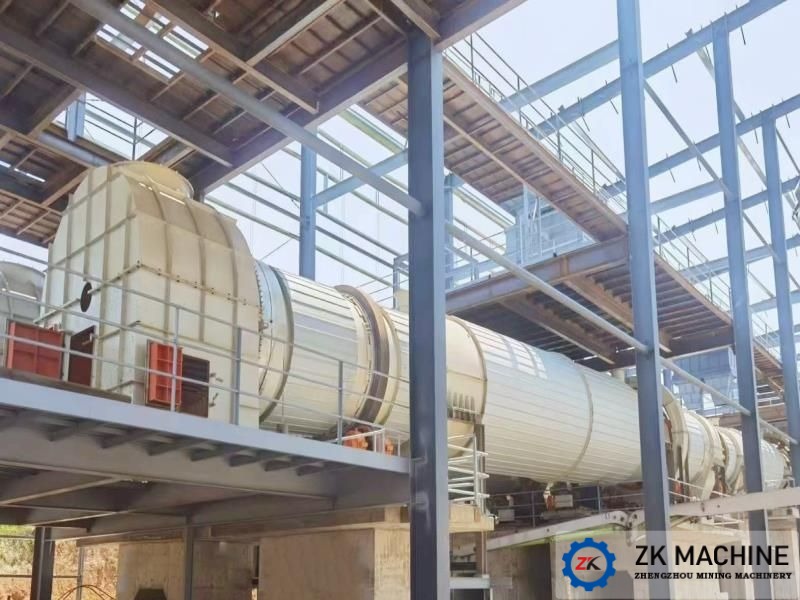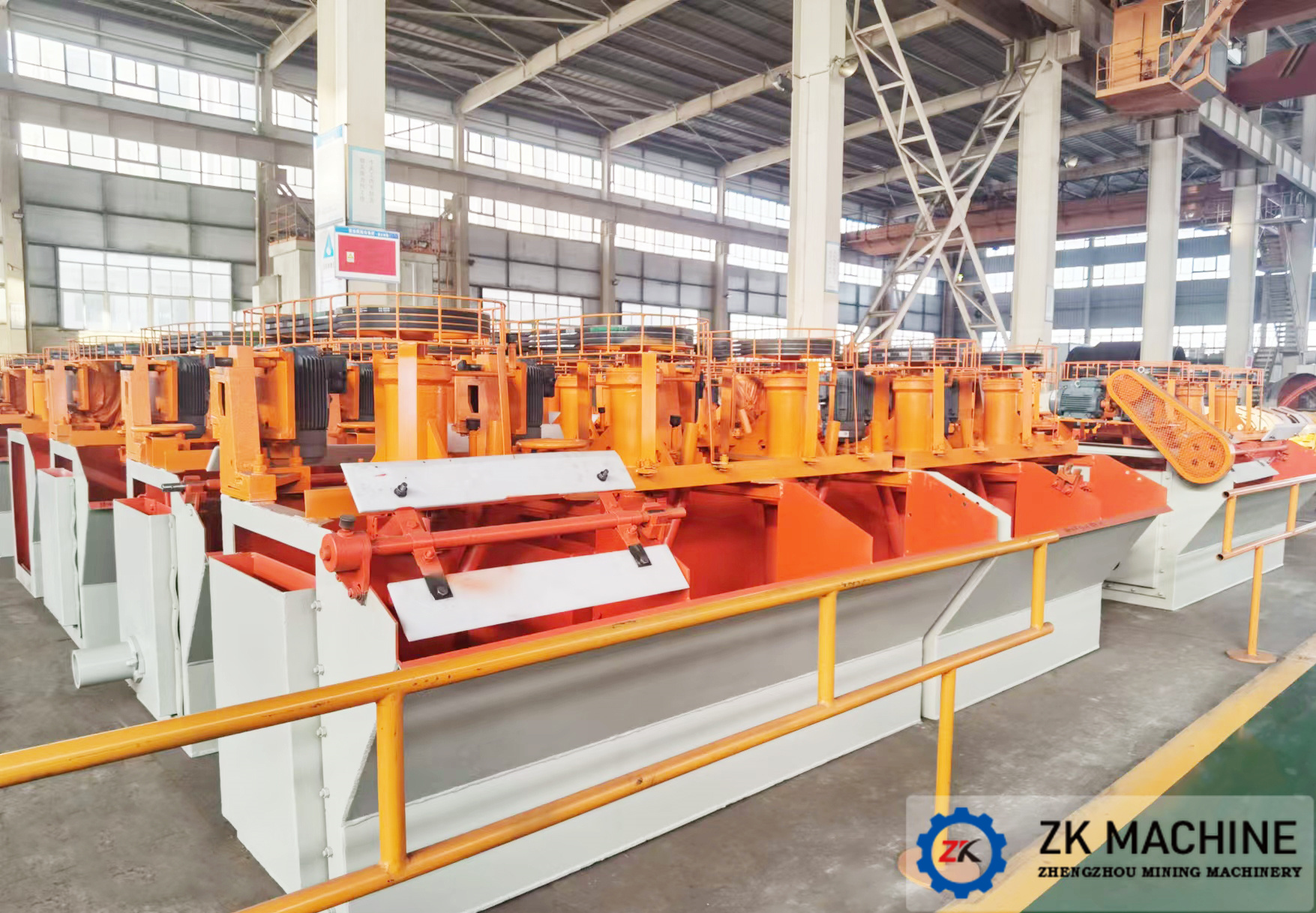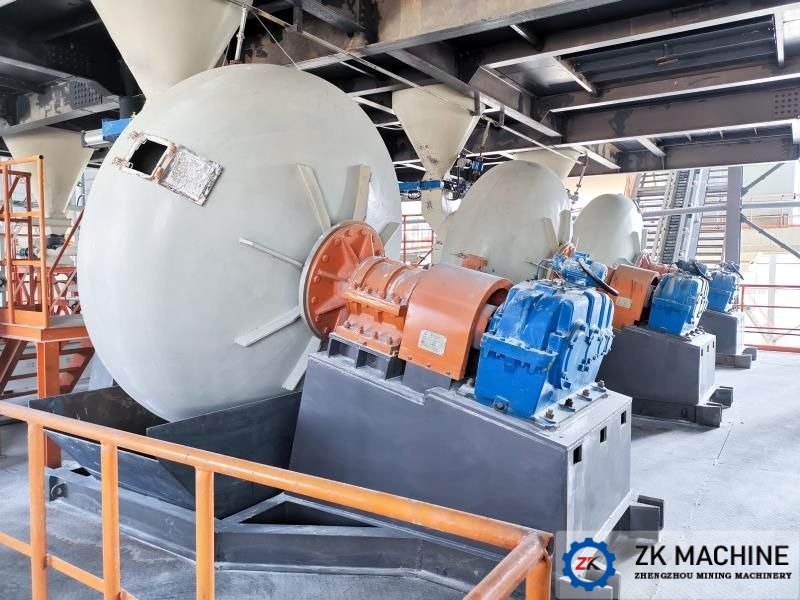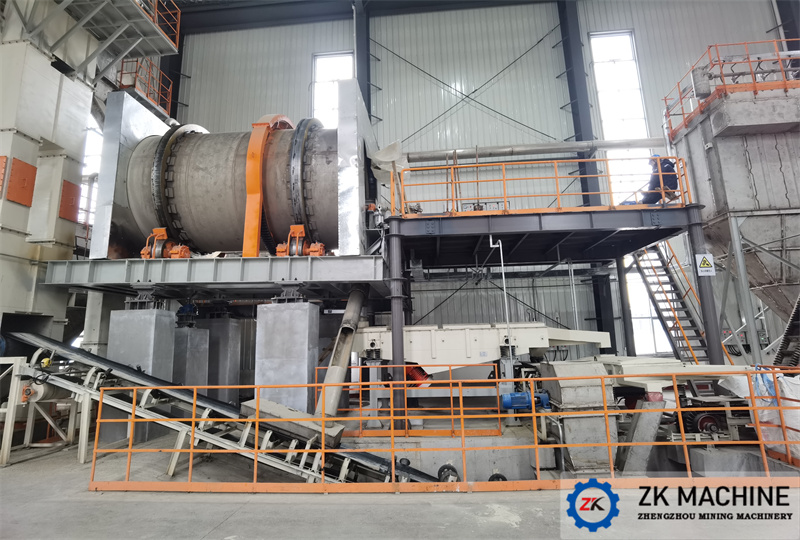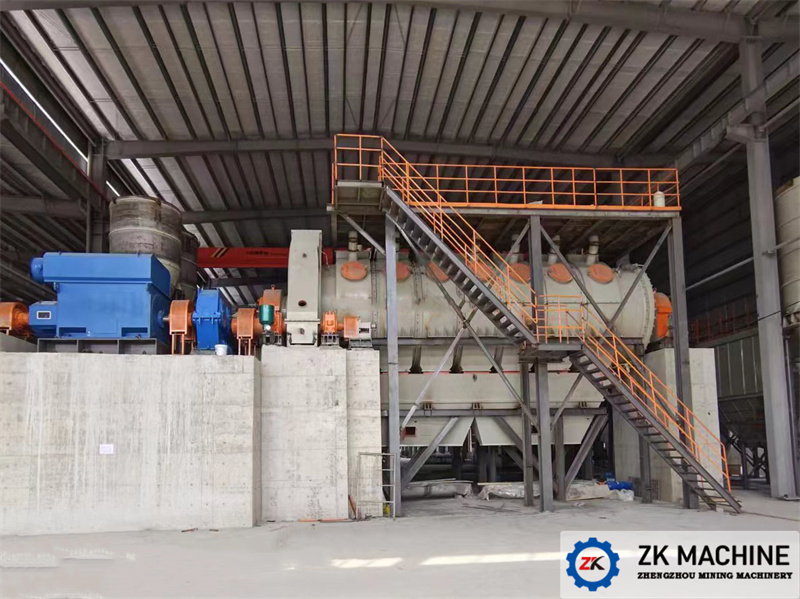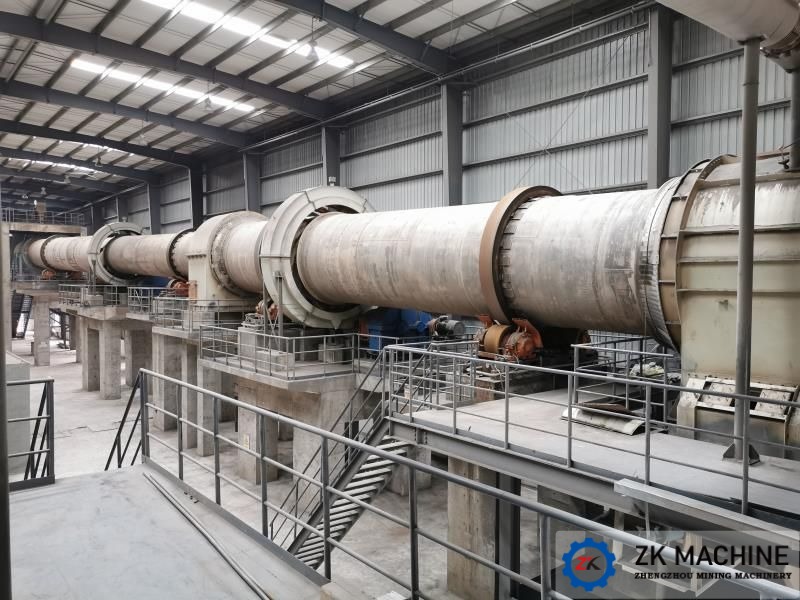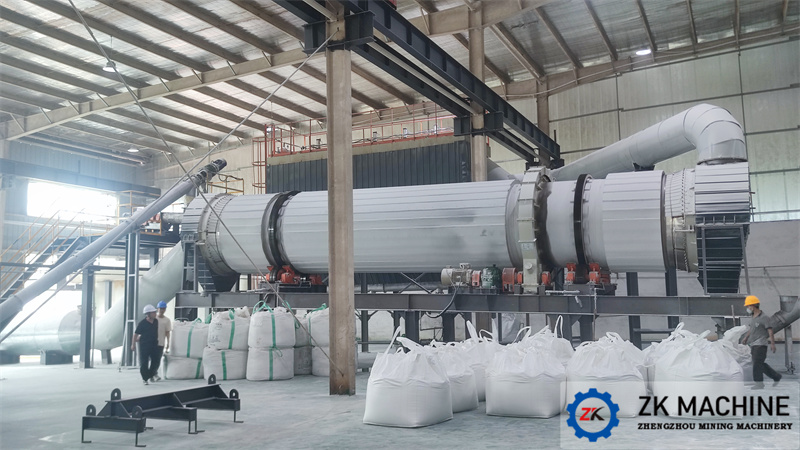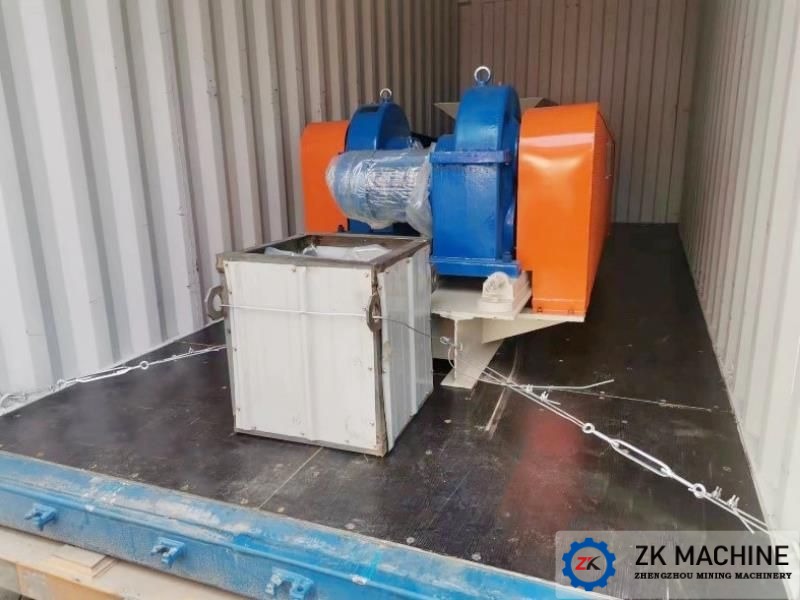Factors that Cause the Ball Mill Fail to Achieve the Designed Output
The factors that cause the ball mill to fail to achieve the designed output are as follows:
1. The length ratio of each warehouse is inappropriate
Unreasonable proportions will cause an imbalance in the coarse grinding and fine grinding capabilities, resulting in the grinding product being too coarse or too fine, affecting the grinding output.
2. The particle size of the grinding material is larger
If the particle size of the material is larger, it will be difficult to adapt to the impact and grinding effects of the grinding body. The first chamber of the ball mill is forced to load more steel balls to enhance the ability to impact the grinding body material. One warehouse is responsible for the crushing function, resulting in an unreasonable crushing process. The crusher has a high functional utilization rate. By increasing the grinding head crushing and reducing the grinding particle size, energy consumption can be reduced and output can be increased.
3. Poor ventilation inside the mill
Strengthening ventilation can discharge the differential in the mill in time and reduce over-grinding, thus improving the grinding efficiency. Strengthening ventilation can eliminate water vapor in the mill in time, reduce the adhesion of fine powder, prevent the paste balls and grate plate holes from being blocked, and ensure the normal operation of the ball mill.
4. The moisture content of the grinding material is too high
When the moisture content of the material is high, the grinding body and lining plate will be adhered to form a buffer pad, which will also block the grate plate and cause full grinding. However, the moisture content in the grinding mill is not as low as possible, but should be kept within a certain range.
5. The gradation of the grinding body is unreasonable
In order to adapt to the impact and grinding requirements of materials with different particle sizes, increase the impact and grinding opportunities of the grinding body on the material, and improve the grinding efficiency, the grinding body must be reasonably graded. The range is generally between 25% and 35%, with the majority being 28% to 32%. When the material has poor grindability or when the grinding fineness is required, the filling rate of the first bin should be lower, preferably not higher than 28%.
6. Influence of the temperature of the grinding materials
When the temperature is too high, grinding efficiency will decrease. In order to reduce the cement temperature in the mill, a small amount of mist water can be sprayed into the grinding chamber. For small mills, the grinding body can be sprayed with water.
7. Influence of material grindability
The grindability of materials refers to the difficulty of grinding the materials. The national standard stipulates that the grinding work index Wi (kwh/t) is used to express it. The smaller the value, the better the material is ground, and vice versa.
8. Influence of grinding aids
We can add grinding aids to the ball mill without damaging product performance. Most commonly used grinding aids are organic substances with strong surface activity. During the grinding process, they can be adsorbed on the surface of the material, accelerate the crack expansion during the grinding of the material, reduce the mutual adhesion between fine powders, and improve the grinding efficiency. It is beneficial to the energy saving and high productivity of the ball mill.
9. Influence of grinding process
For ball mills of the same specification, the output of the closed-circuit process is 15 to 20% higher than that of the open-circuit process. During closed-circuit operation, choosing the appropriate powder selection efficiency and cycle load rate is an important factor in increasing the output of the mill.
10. Fineness requirements of grinding materials
The finer the required fineness of the grinding material, the lower the output. On the contrary, the higher the output.

